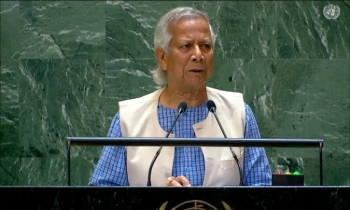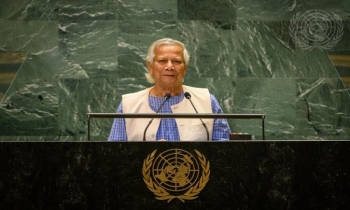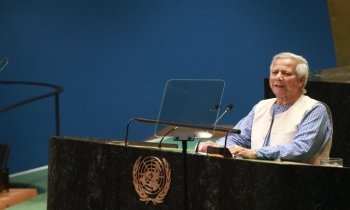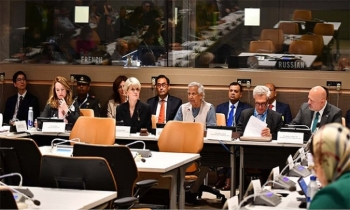Bangladesh is a model country in disaster management: Hasina
UNB || BusinessInsider

File photo of Prime Minister Sheikh Hasina.
Prime Minister Sheikh Hasina on Wednesday said Bangladesh is now a model country in the world in disaster management as it has been able to ease disaster risks remarkably.
“Today, Bangladesh is appreciated for effective disaster management for the initiatives we’ve taken following the footsteps of the Father of Nation,” she said while addressing a virtual programme from her official residence Ganobhaban.
The Ministry of Disaster Management and Relief arranged the programme marking the 50 years of Cyclone Preparedness Programme (CPP) and International Day for Disaster Reduction 2021.
The audience was connected from the Osmani Smriti Auditorium in the capital and Muktijudda Field in Cox’s Bazar.
Sheikh Hasina asked all concerned to remain conscious and take proper measures so that the honour Banglades achieved as an ‘ideal country’ over disaster management is not affected in any way.
Since Bangladesh is a delta, she said, the AL government formulated Delta Plan 2100 and started implementing 80 projects according to the plan.
Hasina stressed the need for checking river erosion and enhancing water reservoir capacity to face floods.
Noting that flood is common in Bangladesh but it is also a blessing as it provides silts and thus increases land fertility, she said, “We’ll have to control floods or to be habituated to live with floods. So, we’ll have to undertake development projects to prevent the loss of lives and property and have water reservoirs in every area.
The Prime Minister said it is essential to take measures to enhance the water holding capacity during the flooding and use the water in irrigation for crop production.
























